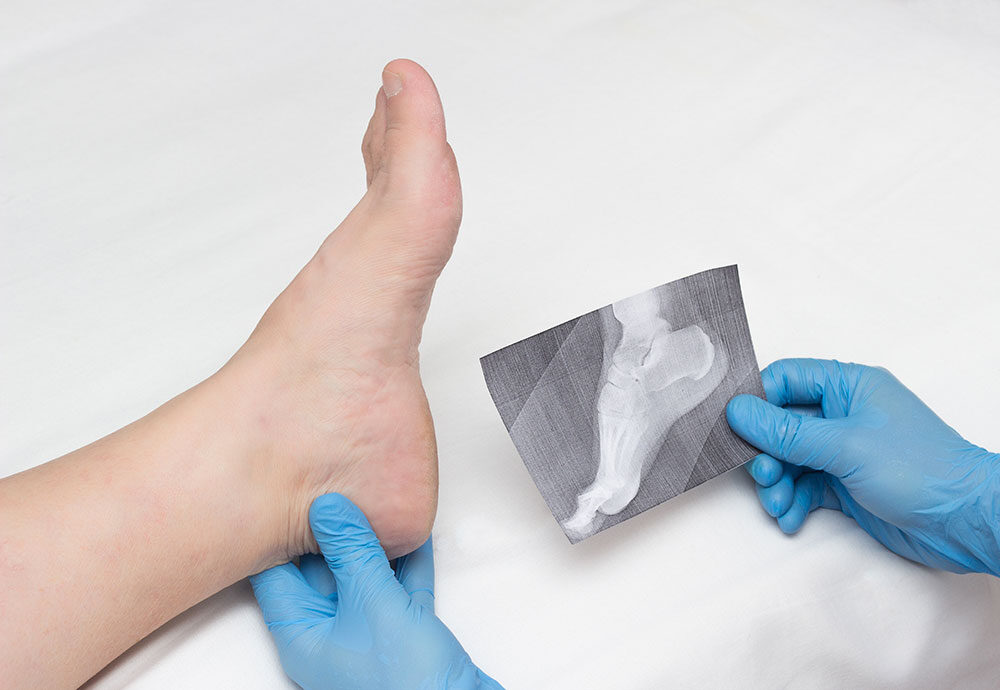The plantar fascia is the band of tissue that extends along the bottom surface of the foot. This is what connects the heel bone to the ball of the foot. When this fibrous tissue becomes inflamed it is known as plantar fasciitis. Heel spurs are often associated with having plantar fasciitis.
Developing a heel spur does not happen overnight. Acquiring a heel spur is a process that transpires over many months and years. This condition is most common in athletes who take part in activities that include running and jumping, but it can occur in people of any age and activity level. Other causes of heel spurs can be:
- Being overweight or obese
- Placing excessive stress on heel when walking
- Improper footwear, especially lacking in arch support
- Tightness in the calf and achilles tendon
- Starting a new activity or increasing current activity level
- Long periods of standing during the day, especially on hard surfaces
What are my symptoms?
Usually there are no symptoms of a heel spur itself. If pain occurs, it is because of the tissue injury associated. This pain occurs while running, jogging, or walking. The pain is described to be at the bottom of the heel, which can be mild to severe and is typically worse with first steps in the morning. Pain may subside after a period of time, and often retreats to a dull ache. Pain usually occurs when standing up after a prolonged period of sitting. Pain can also increase during exercise or with prolonged standing or walking.



